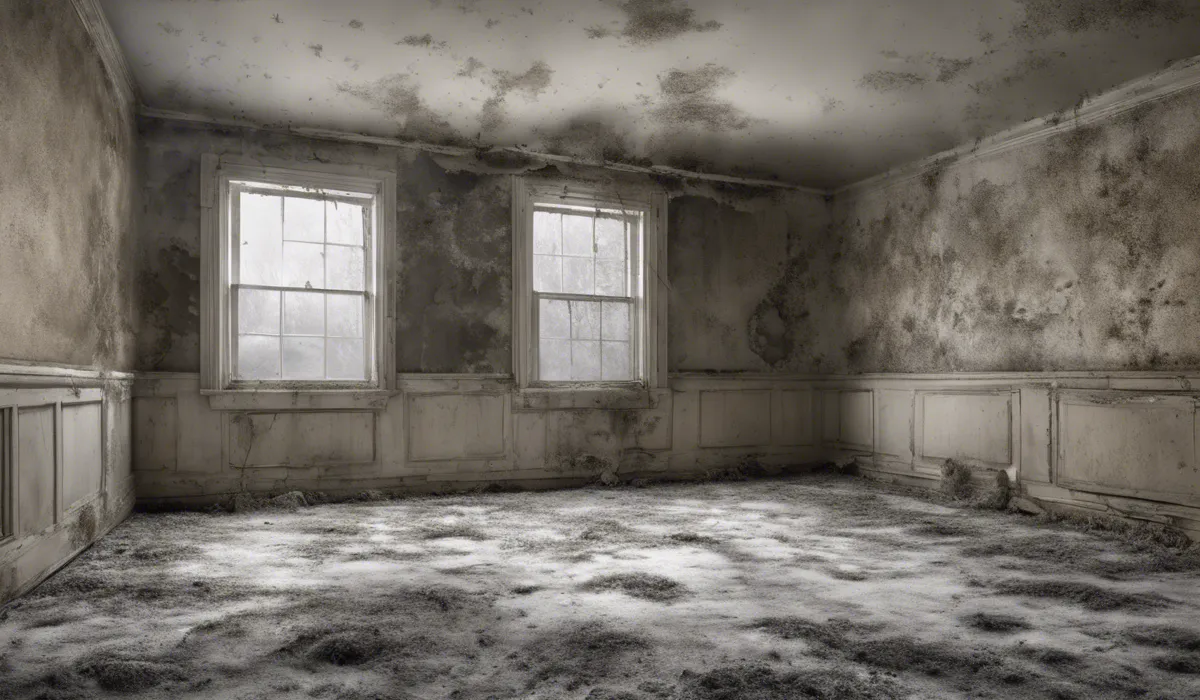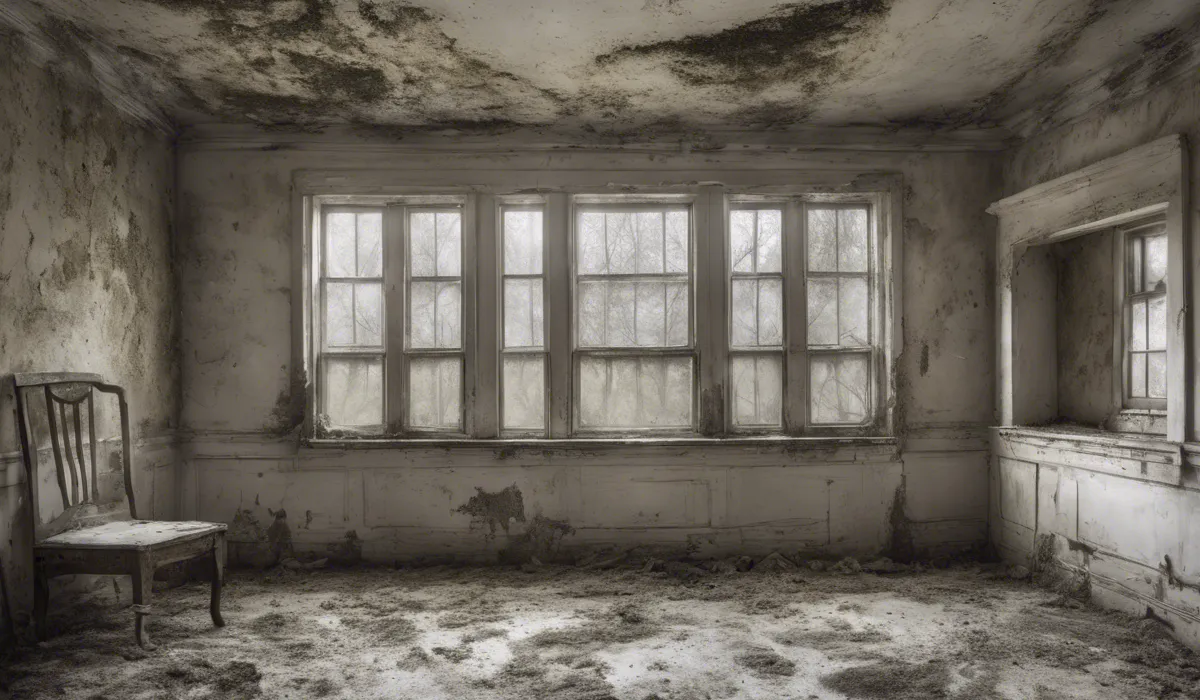To recover from mold exposure, promptly leave the contaminated area, seek fresh air, and remove moldy items.
Cleanse skin and launder clothing to remove spores. For persistent symptoms, consult a healthcare professional for targeted treatment options and follow their advice closely.
Understanding Mold Exposure and Its Effects

Common Types of Indoor Molds
Mold is a type of fungus that can grow indoors when there is moisture. Some molds you might find in your home include Cladosporium, Aspergillus, Penicillium, and the infamous Stachybotrys chartarum, often called ‘black mold’.
These molds can grow on walls, ceilings, and items that are wet.
Health Risks from Mold
Mold can be bad for your health, especially if you breathe in a lot of spores. It can cause problems like sneezing, coughing, and itchy eyes.
Some people, like those with allergies or asthma, may have stronger reactions. Mold can also make certain lung conditions worse.
Symptoms of Exposure
If you are around mold, you might feel sick. Some signs of mold exposure are stuffy nose, itchy skin, and trouble breathing. If these things happen to you, it could mean there is mold nearby. Pay attention to your body and notice if you feel better when you are not at home.
Untreated Exposure Effects
Being around mold for a long time without fixing the problem can lead to more serious health issues.
Your lungs may get affected, and you could develop long-term breathing problems. It’s important to deal with mold right away to avoid these problems.
Medical and Environmental Remediation

Seeking Medical Attention
If you feel sick from mold, it’s crucial to see a doctor. They can tell if mold is causing your symptoms. They might give you medicine or suggest ways to feel better. Always follow the doctor’s advice to get well.
Professional Mold Assessment
Call a mold expert to check your home. They can find out where the mold is and how bad it is.
The expert will tell you what needs to be cleaned or thrown away to make your home safe again.
Fixing Moisture Sources
It’s important to find out why there is moisture in your home because this is what causes mold to grow.
Look for leaks or damp areas and fix them. Keeping your home dry will help stop mold from coming back.
Cleaning Mold Safely
When you clean up mold, wear gloves and a mask to protect yourself. Use soap and water or special mold cleaners.
Throw away anything that has a lot of mold on it, like carpet or ceiling tiles. Make sure to put the moldy things in a bag before you throw them out.
Preventing Regrowth
After cleaning, keep an eye out for mold coming back. Use a dehumidifier to keep the air dry, and fix any new leaks quickly. By staying alert, you can keep your home mold-free.
Personal Recovery and Health Restoration

Detoxification for Recovery
To help your body recover from mold, eat healthy foods like fruits and vegetables. Some people take supplements to help their bodies get rid of the mold toxins. Always talk to your doctor before starting any new diet or taking supplements.
Importance of Clean Air
Breathing in clean air is very important when you are getting better from mold exposure. Air purifiers can help remove mold spores from the air.
Dehumidifiers can keep the air dry and stop mold from growing. Use these tools in your home to breathe easier.
Rest and Stress Management
Getting enough sleep and keeping stress low are key to recovering from mold exposure. Make sure you rest well and do things that make you happy. This can help your body heal faster.
Seeking Psychological Support
If you feel very worried or scared because of mold, it might help to talk to someone like a counselor. They can help you learn how to deal with these feelings. It’s okay to ask for help when you need it.
Maintaining a Mold-Aware Lifestyle
Keep watching for signs of mold in your home and take steps to live in a healthy environment.
Learn about mold and how to keep your home safe. This will help you stay healthy and avoid problems with mold in the future.
FAQs About Recovering from Mold Exposure
What should I do immediately after suspecting mold exposure?
Immediately leave the contaminated area, seek fresh air, and if possible, shower and change into clean clothes to remove any mold spores from your body and clothing.
How do I clean mold off my skin after exposure?
Gently cleanse your skin with soap and water to remove any mold spores. If irritation occurs, seek medical advice.
What should I do with clothing that has been exposed to mold?
Launder your clothing using hot water and detergent to eliminate mold spores. If the clothing is heavily contaminated, it may need to be discarded.
When should I seek medical attention for mold exposure?
If you experience persistent symptoms such as coughing, wheezing, or skin irritation after mold exposure, consult a healthcare professional for advice and treatment.
How can I prevent mold spores from spreading in my home?
Remove moldy items from your living space, clean all affected areas thoroughly, and keep the environment dry to prevent mold growth. Consider using air purifiers to reduce airborne spores.
Final Thoughts
Prompt action is crucial for recovery from mold exposure. Immediately vacate the mold-infested area and seek clean air.
Remove and clean items contaminated by mold, wash your skin, and launder clothes to eliminate spores. If symptoms persist, professional medical advice should be sought for appropriate treatment.
Adhering strictly to a healthcare provider’s recommendations is essential for effective recovery.
